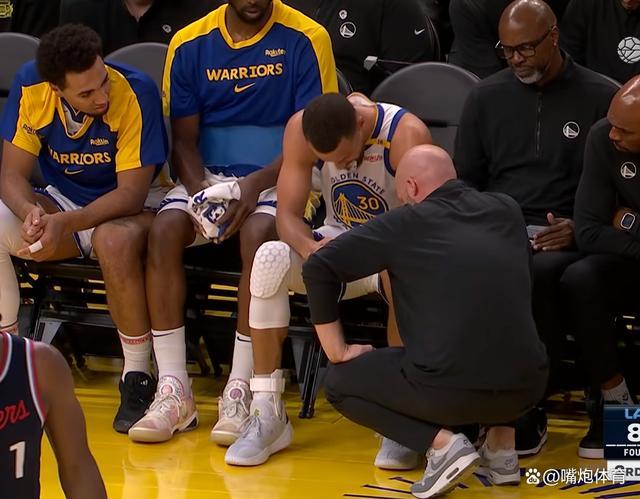Title: Crafting a Professional Football Website Template
Creating a visually appealing and functional website template for a footballrelated platform requires careful consideration of design elements, user interface, and content organization. Let's delve into the key components and considerations for crafting an effective football website template.
1. Visual Design:
The visual design sets the tone for the entire website and plays a crucial role in attracting and engaging users. Here are some design principles to consider:
Color Scheme:
Choose colors that reflect the energy and spirit of football, such as vibrant shades of green, blue, and red. Incorporate the team's colors if applicable.
Typography:
Use clear and legible fonts for easy readability. Consider bold fonts for headers and titles to make them stand out.
Imagery:
Utilize highquality images of football players, stadiums, and action shots to create visual interest and evoke emotion.
Responsive Design:
Ensure the website template is responsive across various devices, including desktops, tablets, and smartphones, to provide a seamless user experience.
2. Layout and Navigation:
The layout and navigation of the website template should be intuitive and userfriendly to help visitors find information easily. Here's how to achieve that:
Homepage:
Feature dynamic content such as upcoming matches, latest news, and highlights to capture visitors' attention immediately.
Navigation Bar:
Include clear and concise menu options such as Home, Teams, Fixtures, News, and About Us for easy navigation.
Breadcrumb Trail:
Implement a breadcrumb trail to help users track their location within the website and navigate back to previous pages.
Search Functionality:
Incorporate a search bar to allow users to quickly find specific teams, players, or articles.3. Content Strategy:
Compelling content is essential for keeping visitors engaged and coming back for more. Here are some content ideas for a football website template:
Team Pages:
Create dedicated pages for each team with information about their history, players, coaches, and achievements.
Match Fixtures:
Display upcoming and past match fixtures, including dates, times, venues, and opponents.
News Section:
Provide regular updates on the latest football news, transfer rumors, match analyses, and player interviews.
Player Profiles:
Feature detailed profiles of key players, including statistics, biographies, and career highlights.
Interactive Features:
Incorporate interactive elements such as polls, quizzes, and fan forums to encourage user engagement.4. Functionality and Features:
In addition to aesthetics and content, the functionality and features of the website template are crucial for delivering a satisfying user experience. Consider the following:
Live Scores:
Integrate a live scores module to allow users to follow matches in realtime and stay updated on results.
Social Media Integration:
Include social media buttons to enable users to share content easily across various platforms and increase visibility.
Newsletter Signup:
Provide an option for visitors to subscribe to a newsletter to receive updates, exclusive content, and promotions.
Multilingual Support:
If targeting an international audience, offer multilingual support to cater to users from different regions.
Accessibility:
Ensure the website template complies with accessibility standards to accommodate users with disabilities and enhance inclusivity.Conclusion:
Designing a professional football website template involves a combination of visual appeal, userfriendly navigation, compelling content, and seamless functionality. By incorporating these elements and considerations, you can create a standout platform that attracts football enthusiasts and keeps them engaged with your content.
[Download the PSD Football Website Template]()











